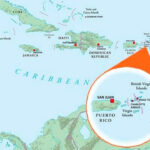The question “Where Is Jamaica Wi?” is a common one for those curious about this vibrant island nation. Jamaica is indeed part of the West Indies, a sprawling archipelago that curves through the Caribbean Sea. To understand Jamaica’s location, we need to explore the geography of the West Indies and pinpoint where this gem sits within it.
The West Indies, often simply called the Caribbean, is a long chain of islands stretching over 2,000 miles. It acts as a natural divide, separating the Gulf of Mexico and the Caribbean Sea from the vast Atlantic Ocean. Imagine a crescent shape starting near Florida in North America and curving down towards Venezuela in South America – this is the West Indies.
Within this extensive island chain, the West Indies is traditionally divided into three main groups:
- The Greater Antilles: This northern section is home to the largest islands, including Cuba, Hispaniola (split into Haiti and the Dominican Republic), Puerto Rico, and, importantly for our query, Jamaica.
- The Lesser Antilles: A more easterly and southerly arc of smaller islands, encompassing places like the Virgin Islands, Antigua and Barbuda, Barbados, and Trinidad and Tobago.
- The Bahamas and Turks and Caicos Islands: Island groups lying to the north, geographically separate but often included within the West Indies region due to historical and cultural links.
So, to answer “Where is Jamaica WI?” directly: Jamaica is located in the Greater Antilles, which is the northwestern part of the West Indies.
More specifically, Jamaica is situated south of Cuba and west of the island of Hispaniola. It’s an island in the Caribbean Sea, to the south of the larger island of Cuba and roughly 90 miles (145 km) south of the eastern tip of Cuba. It’s also about 119 miles (190 km) west of Haiti, which occupies the western part of Hispaniola.
The geological history of the Greater Antilles, including Jamaica, explains its mountainous terrain. These islands are formed from an ancient chain of folded and faulted mountains that once stretched from Central America. While much of this system is now submerged, the Blue Mountains of Jamaica are a visible remnant, showcasing the island’s dramatic topography. This mountain range contributes to Jamaica’s varied landscapes, from coastal plains to interior peaks.
The climate across the West Indies, including Jamaica, is tropical maritime. This means warm temperatures year-round, with daily highs ranging from the mid-80s°F (upper 20s°C) in winter to the upper 80s°F (low 30s°C) in summer. Jamaica experiences both wet and dry seasons, with rainfall varying across the island, influenced by the trade winds and mountainous terrain. Like other islands in the West Indies, Jamaica is also within the hurricane belt, with tropical cyclones being more frequent between August and October.
The natural environment of Jamaica, as part of the West Indies, is characterized by a rich biodiversity. While deforestation has impacted the original forests, various types of forests still exist, including mangrove swamps along the coasts and rainforests in wetter areas. The flora and fauna are a blend of indigenous species and those with links to the nearby South American mainland. Jamaica is home to diverse wildlife, from rodents like the agouti to numerous bird species, including parrots and hummingbirds. The surrounding Caribbean Sea teems with marine life, including dolphins and various fish species.
The population of Jamaica, like the broader West Indies, is ethnically diverse, shaped by a history of colonialism and plantation economies. Descendants of enslaved Africans form a significant part of the population, alongside those of European, and to a lesser extent, Asian descent. English is the official language, but Jamaican Patois, an English-based creole language, is widely spoken. This linguistic diversity is a hallmark of the West Indies, with French, Spanish, and Dutch-based creoles also prevalent in other islands.
Economically, Jamaica, in line with many West Indian islands, has historically relied on agriculture, particularly exports like sugar and bananas. However, tourism has become increasingly crucial to the Jamaican economy, drawing visitors with its beautiful beaches, vibrant culture, and rich history. The West Indies region as a whole faces economic challenges common to small island developing states, including vulnerability to external economic shocks and natural disasters.
Culturally, Jamaica is a powerhouse within the West Indies and globally. Reggae music, originating in Jamaica, has achieved worldwide fame. Jamaican culture is a vibrant mix of African, European, and indigenous influences, expressed in its music, dance, cuisine, and festivals, most notably Carnival celebrations. The West Indies, including Jamaica, boasts a rich literary tradition, with authors exploring themes of identity, colonialism, and Caribbean experiences.
In conclusion, when you ask “Where is Jamaica WI?”, the answer is that Jamaica is an island nation situated in the Greater Antilles, the northwestern segment of the West Indies. It lies in the Caribbean Sea, south of Cuba and west of Haiti. Jamaica’s location within the West Indies places it within a region of immense geographical, cultural, and historical significance, contributing to its unique identity and global appeal. Understanding its place within the West Indies archipelago provides a broader context for appreciating Jamaica’s distinct character and its connections to the wider Caribbean region.
[

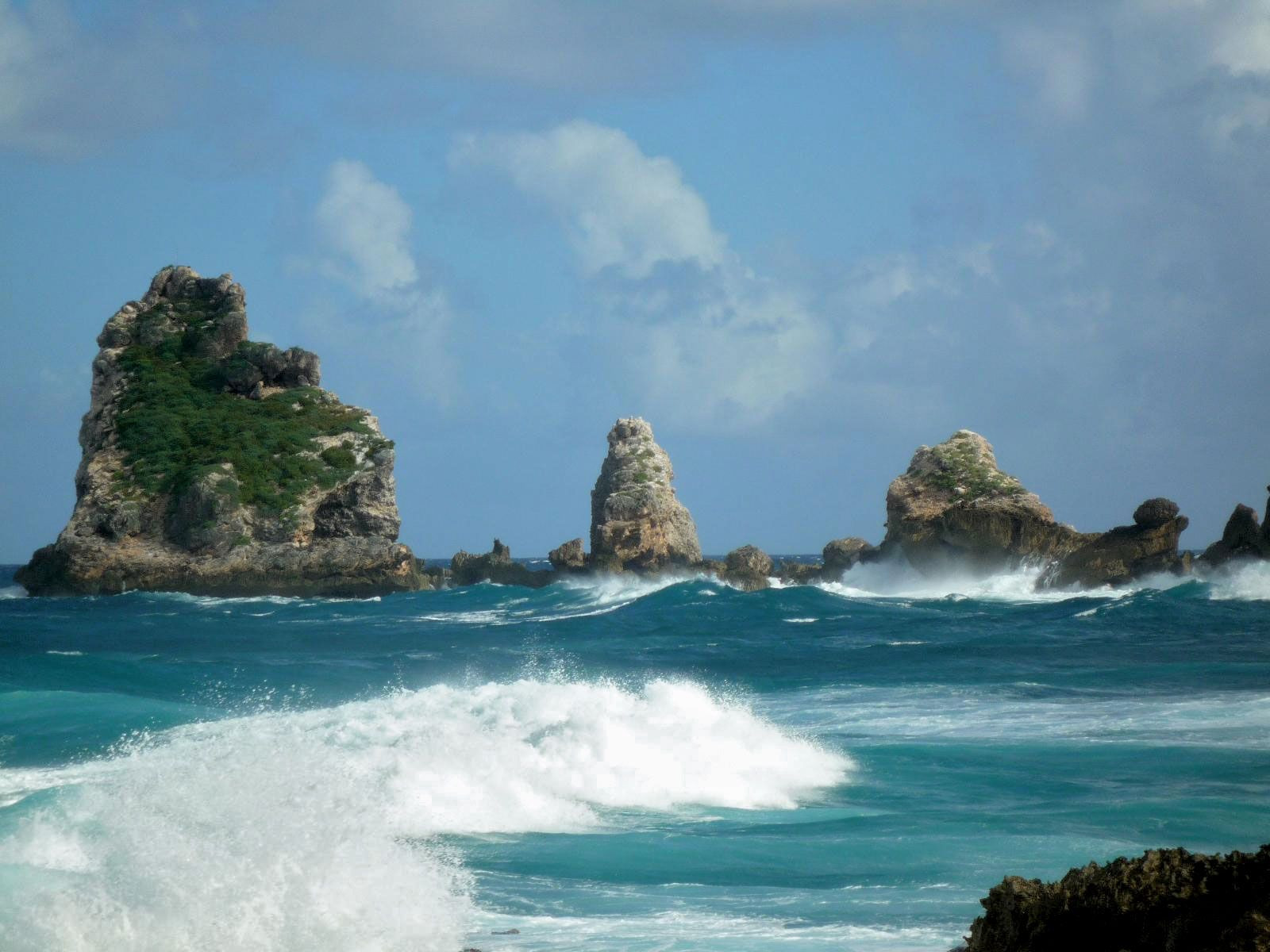
 Dominica
Dominica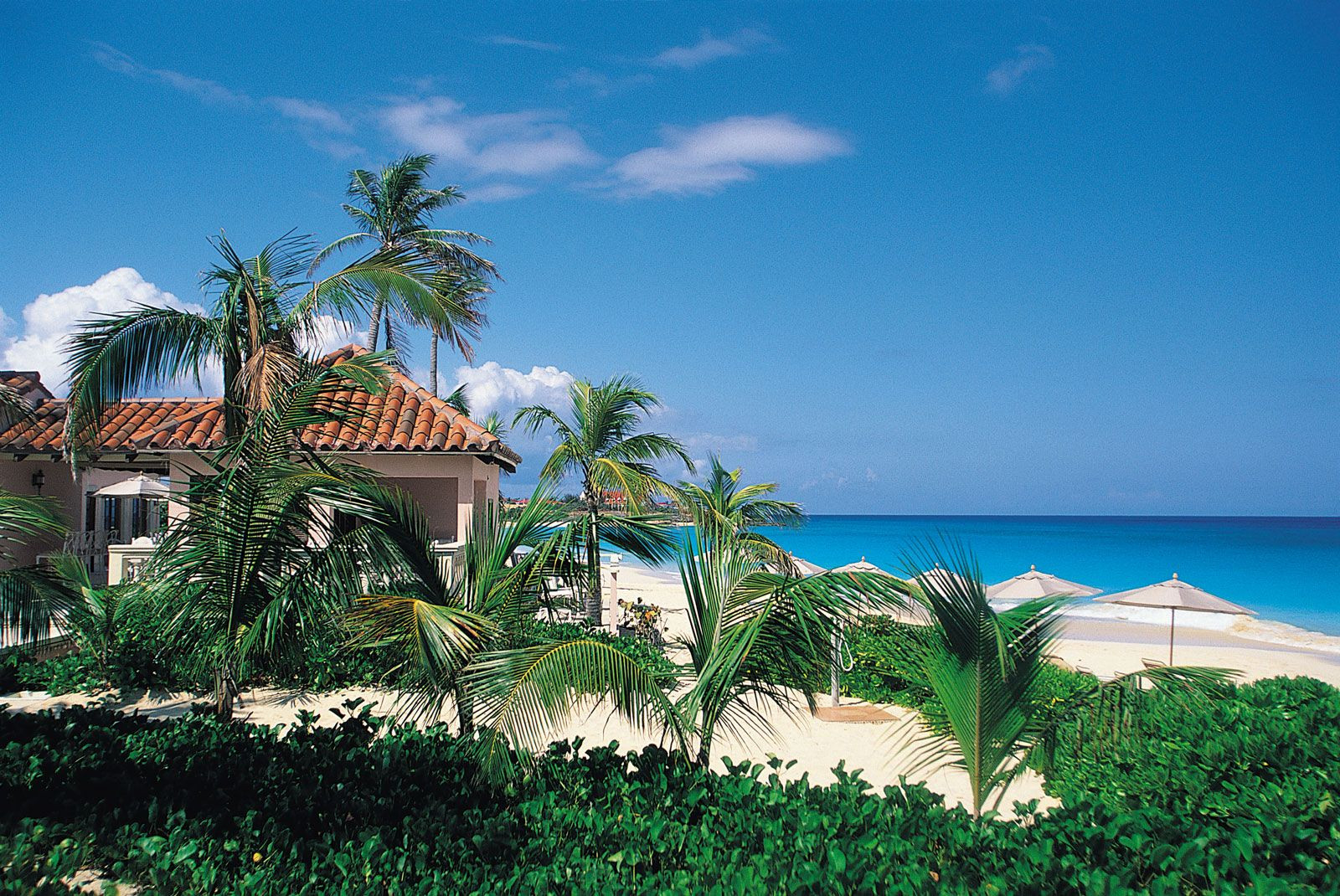 Anguilla
Anguilla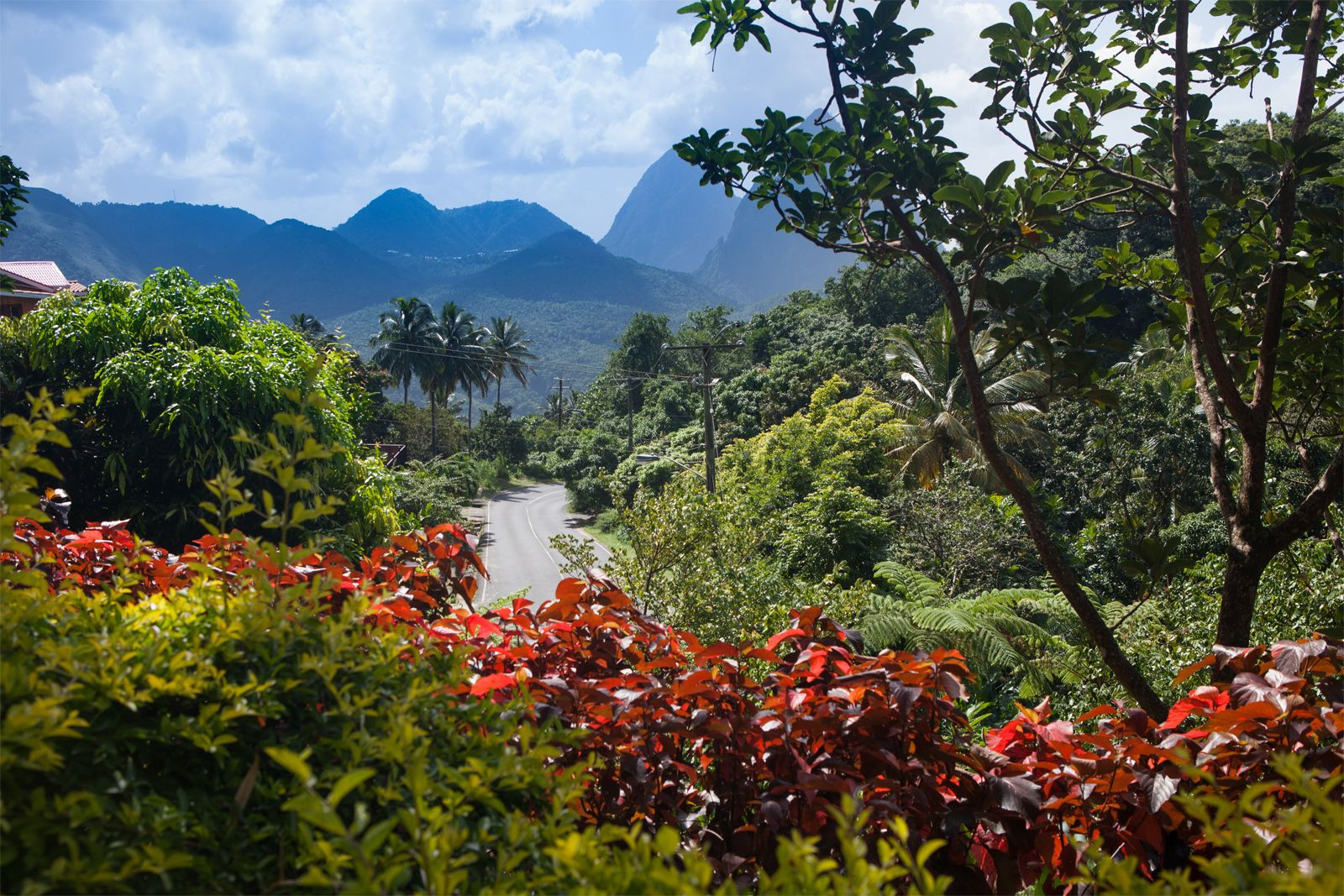 West Indies: Saint Lucia
West Indies: Saint Lucia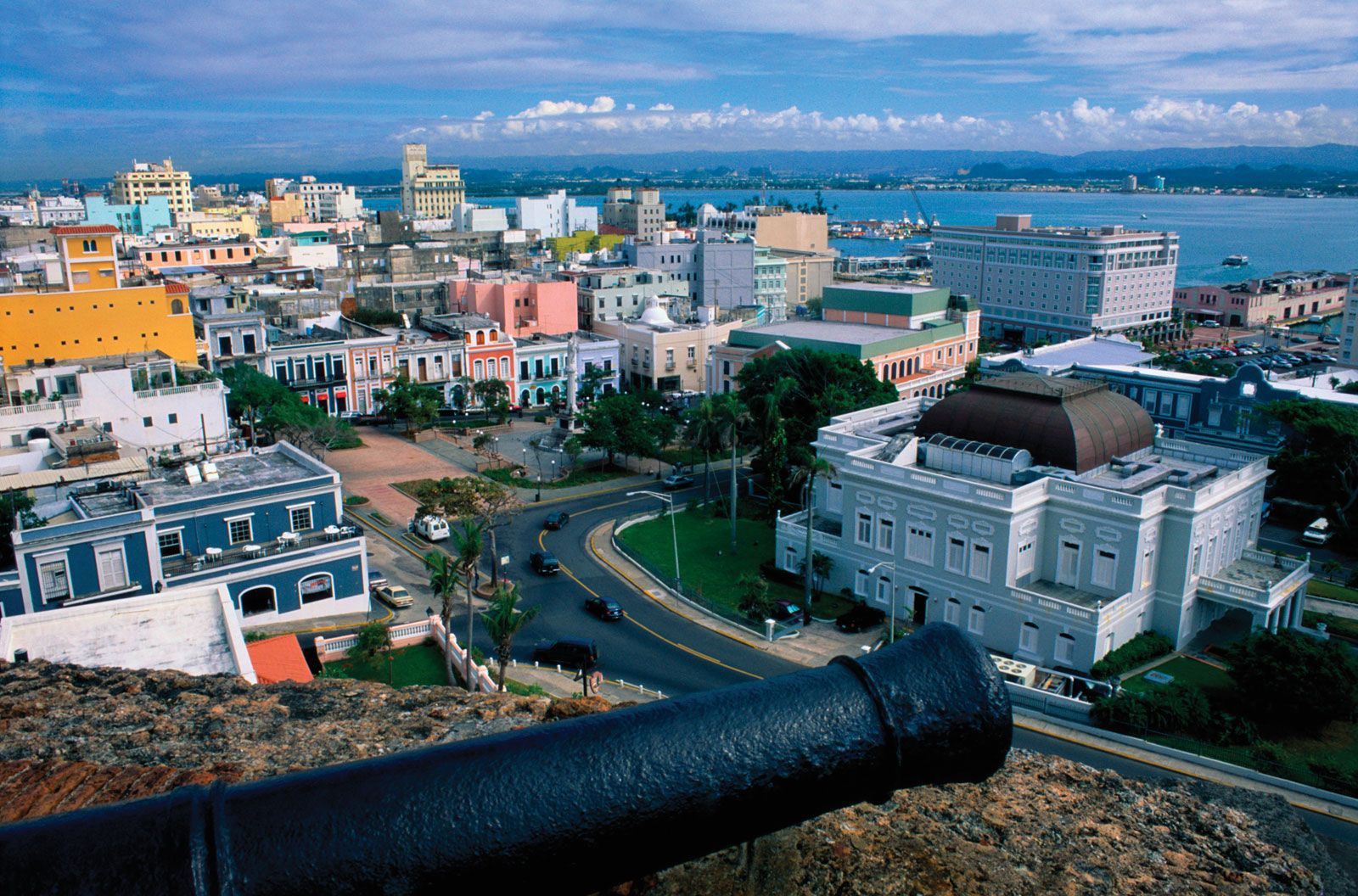 San Juan, Puerto Rico
San Juan, Puerto Rico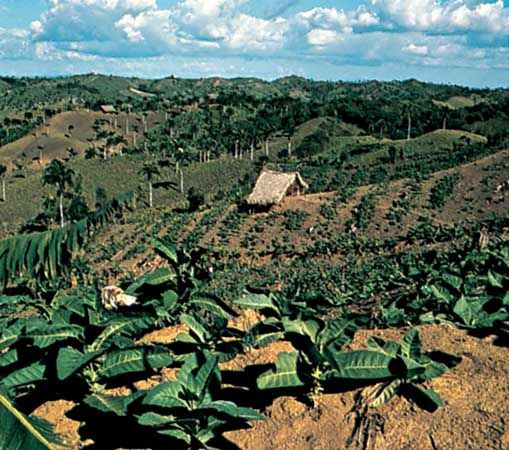 Dominican Republic
Dominican Republic
